Description
So Many Little Details to Love in this Delicate yet Hardy Beauty
Dianella tasmanica, commonly known as the Tasmanian Flax Lily, is a versatile and ornamental perennial, valued for its lush, sword-like leaves and charming blue flowers. Growing to a height and width of 2 to 3 feet, it forms a dense clump, making it an excellent choice for adding texture and greenery to garden beds, borders, or as a feature in pots. In addition to its foliage, the Flax Lily produces small but eye-catching blue flowers in spring, followed by attractive purple berries in fall, ensuring year-round interest in the garden.
Caring for your Flax Lily
With proper care, the Tasmanian Flax Lily can be a long-lasting addition to your garden, offering both aesthetic appeal and minimal maintenance. Regular care practices, such as appropriate watering, occasional fertilizing, and monitoring for pests and diseases, will ensure the health and longevity of your Flax Lily.
Light
The Tasmanian Flax Lily is adaptable to a variety of lighting conditions, from full sun to part shade. In hotter climates, it benefits from some afternoon shade to protect its leaves from scorching. When choosing a planting location, consider a spot that receives at least four to six hours of sunlight daily.
Water
Watering is crucial, especially during the establishment phase of the Flax Lily. Initially, water the plant regularly to help it establish a strong root system. Once established, it becomes quite drought-tolerant, requiring only occasional watering. During the growing season, ensure the soil remains moist but not waterlogged. In dry climates or during hot weather, increase the frequency of watering. In winter, reduce watering as the plant’s growth slows. The key is to avoid overwatering, as the Flax Lily does not like to sit in wet soil, which can lead to root rot.
Soil
The Tasmanian Flax Lily is not demanding regarding soil quality but thrives best in well-draining soil. If your garden soil is heavy or compacted, consider amending it with organic matter to improve drainage and aeration. The ideal soil pH for Flax Lily ranges from neutral to slightly acidic.
Fertilizing
Fertilize the Flax Lily in early spring with a balanced, slow-release fertilizer to support its growth and flowering. Be cautious not to over-fertilize, as excessive nutrients can lead to lush foliage at the expense of flowers. A light application of fertilizer is sufficient for this hardy plant.
Pruning
Pruning is minimal for the Tasmanian Flax Lily. Dead or damaged leaves can be removed to keep the plant looking tidy. After flowering, you can trim back the flower stalks, but it’s not necessary unless you want to maintain a specific shape or size. The purple berries that follow the flowers add an extra ornamental element, so many gardeners choose to leave them. Regularly removing dead foliage and spent flowers will help keep your plant healthy and attractive. Additionally, mulching around the base of the plant can help retain soil moisture and suppress weeds.
Pest and Disease Management
The Tasmanian Flax Lily is relatively resistant to pests and diseases. However, it can occasionally be affected by snails and slugs, especially in damp conditions. Use environmentally friendly slug and snail controls, or set up barriers to protect your plants. Root rot can be an issue in poorly drained soils, so ensure adequate drainage when planting. Regularly inspect your plant for any signs of distress, and take prompt action if any issues arise.
Common Problems and Issues
A common issue with the Flax Lily is yellowing leaves, which can indicate overwatering or poor drainage. Ensure the plant is in well-draining soil and adjust your watering schedule. Browning leaf tips might suggest low humidity or water stress. Increase watering frequency slightly and consider adding mulch to retain soil moisture.

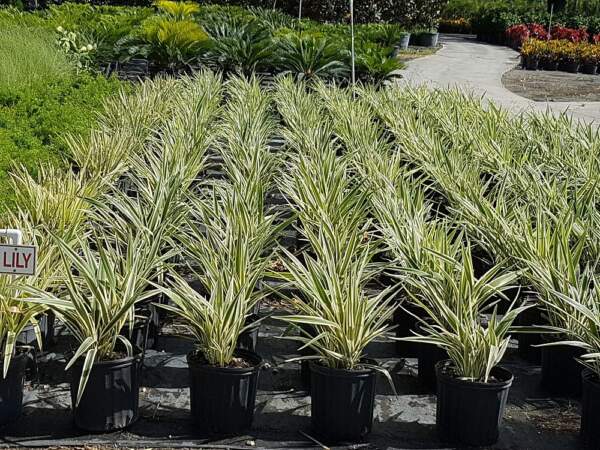
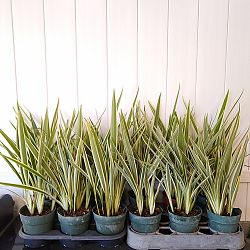
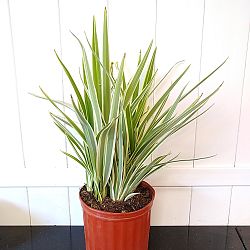
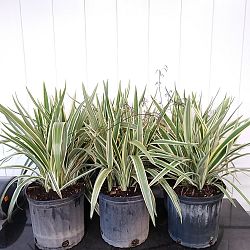
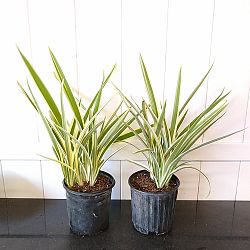
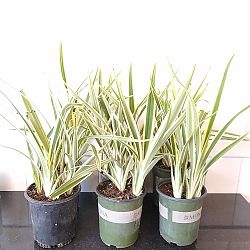
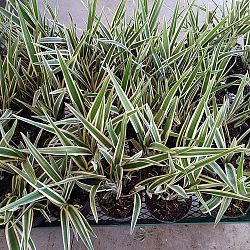
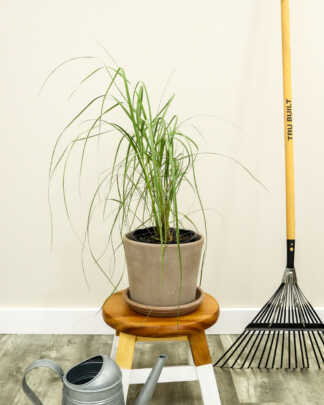
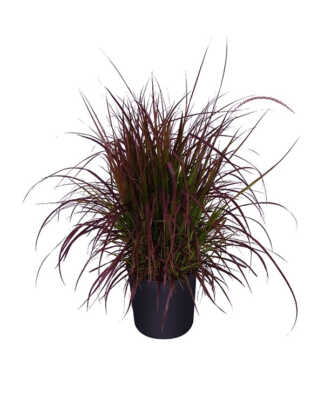
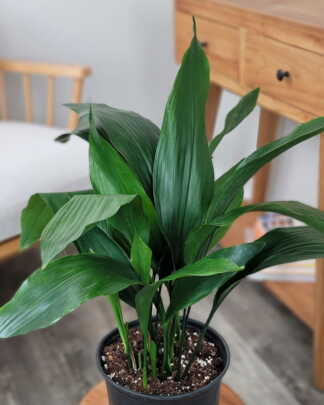
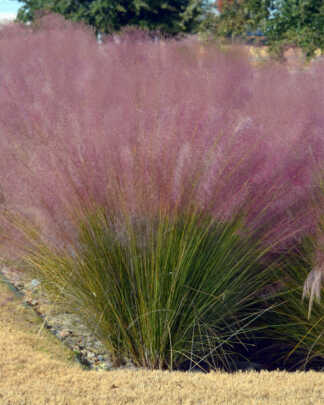
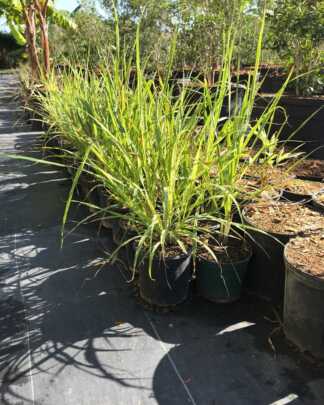


Amanda K. (verified owner) –
Flax Lily arrived in fairly good shape although shipping took longer than I expected.